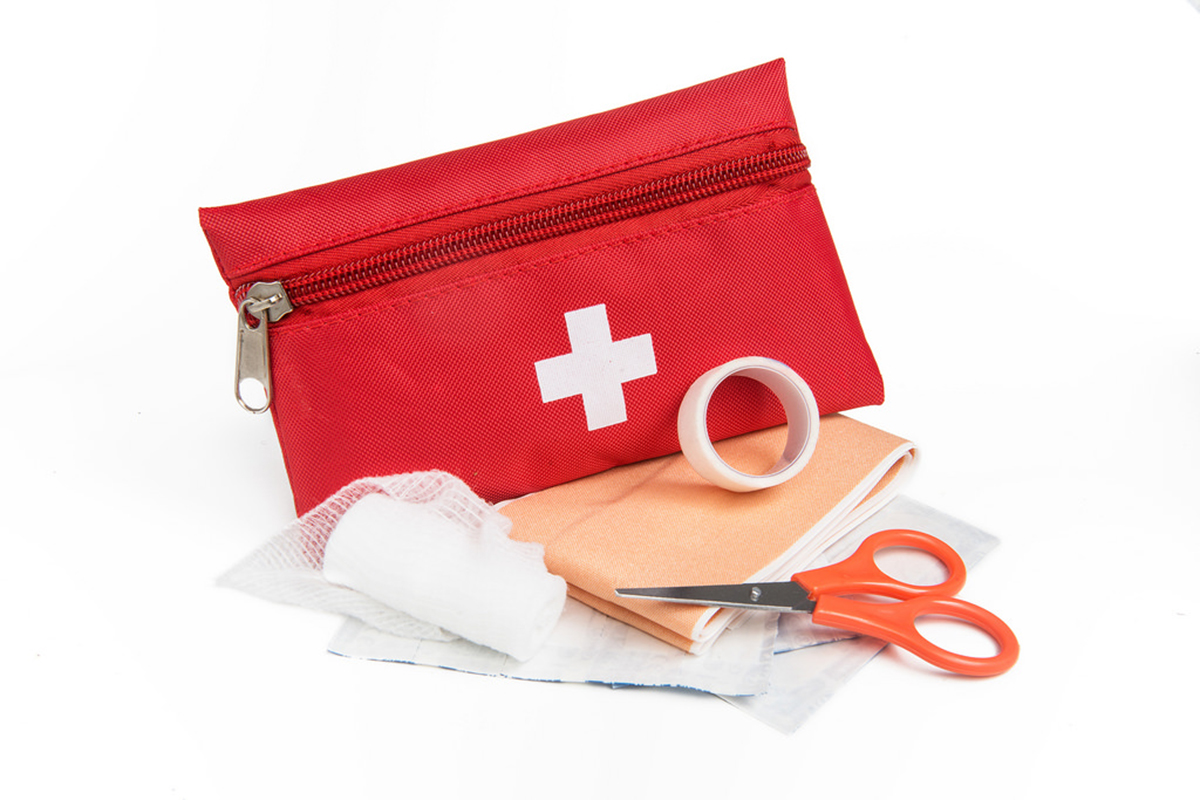Table of Contents
The 3 "P's"
- To preserve life – the main aim of medical care, which includes first aid, is to reduce the threat of death and attempt to save lives.
- To prevent any further harm – this includes preventing any further injury from occurring such as can happen when moving a patient or to prevent excessive bleeding from occurring.
- To promote recovery – this involves trying to start the recovery process from the onset of injury. A basic example would be such as applying a plaster to a wound.

Be calm and don't panic
It can be a nerve-wrecking experience when approaching a trauma scene or even visualizing a bleeding wound, if you're not used to it. In a situation where your skills are needed, it's always a good idea to remain calm and collected. This will not only benefit yourself but also any other person who may be assisting you with an injured patient and even the patient themselves.
Do no harm
Try not moving a patient if it isn't necessary. You could do more harm if there's an issue such as a suspected fracture in the neck or back. Also, one shouldn't try removing any impaled or embedded objects that may be present as this can cause more harm than good. Instead, these wounds should be dressed appropriately and the patient transferred to a facility where the object can be removed.
Good quality CPR (cardiopulmonary resuscitation) can save lives
Studies showed that only good quality CPR can saves lives in a patient in cardiac arrest. Chest compressions alone have been noted to be just as effective as delivering rescue breaths alone.
- There should be 100 compressions per minute.
- Compression must be deep enough, at least 2/3 of the chest cavity must be compressed.
- The rescuer must come all the way back up when compressing and before initiating the next compression.
- There should be minimal interruptions between chest compressions. If one rescuer gets tired then another person should be waiting nearby to take over with compressions.
Time does count
This is especially true for situations such as strokes and heart attacks where timeous treatment is of utmost importance. The reason for this is because these two medical emergencies involve reduced blood flow to the brain and heart, respectively. Therefore, the outcomes of these conditions tend to be more favourable when the patients are treated appropriately and, more importantly, on time.
Basic wound care
Please remember that soap and water and a clean bandage are all that's needed to clean and dress a wound. Avoid using products such as hydrogen peroxide because it does irritate the skin.
READ Sudden Cardiac Arrest and Primary First Aid Treatment
Not all convulsions are medical emergencies
The best thing to do when witnessing a patient having a convulsion is to place them in the recovery position to maintain an open airway, time the convulsion and wait for an ambulance to arrive. Remove any objects around the patient that may hurt them and DO NOT place any object in their mouths. This will only increase the chances of an injury to the mouth, tongue or teeth. Please remember, the patient will not swallow their tongue.
- www.nursebuff.com/2012/02/top-10-first-aid-facts-and-fallacies/
- www.thefirstaidzone.co.uk/first-aid-facts
- Photo courtesy of dlg-images https://www.flickr.com/photos/131260238@N08/16800384582/
- Photo courtesy of dlg-images https://www.flickr.com/photos/131260238@N08/16800384582/
- Photo courtesy of
- Photo courtesy of


Your thoughts on this